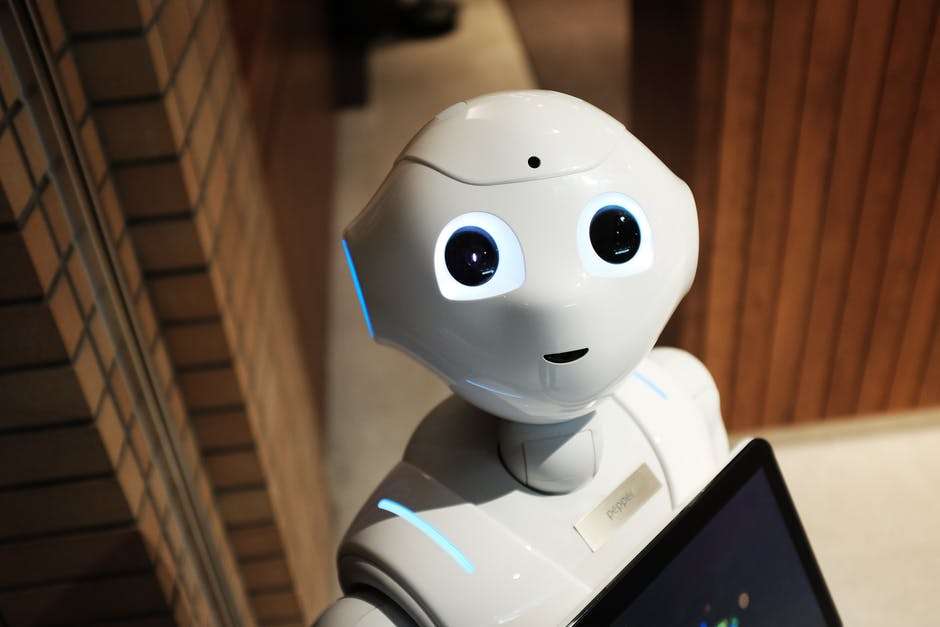Robots have several benefits on the frontlines of the medical battleground. They don’t need to eat or sleep, they’re incapable of human error, and they can’t contract any infectious diseases.
This year, our healthcare workers have suffered terrific strain and losses due to the pandemic, but now it seems, the robots are coming to save the day. So much so, that the medical robotics industry’s expected to be worth over $16 billion within the next 5 years.
Find out more about robotics in medicine and these robots that are making life easier for healthcare professionals.
1. Robotic Nurses
Nurses are among the hardest working people on earth. They’re also in short supply in some areas.
Now robots are helping to take a load off of this vital medical personnel. They’re stepping in to take over many of the menial repetitive tasks that form part of a nurse’s daily routine.
Robots can push gurneys and heavy machinery, take temperatures, and even draw blood without missing a beat. They do all this and more, 24/7 with only a few hours off to charge their batteries.
2. Robotic Cleaners
By their very nature, hospitals are hotspots of bacteria and viruses. As such, hospital managers spend millions of dollars and countless hours every year trying to keep them spotlessly clean.
Cleaning’s one area where robots really shine. Robotic cleaners can disinfect an entire room in minutes using UV light.
They obliterate all the bacteria in the vicinity without any margin of error or risk to human cleaners.
3. Surgical Robotics in Medicine
Thanks to their ability for unfaltering precision, robots are common in industries like parts manufacturing. Yet, surgeons have used robots in surgeries for almost 2 decades too.
For now, these surgical robots operate under the guidance of regular surgeons, performing routine surgeries using non-invasive keyhole and laser surgery.
In the future, we could see robots playing an even bigger role in routine procedures although it’s unlikely they’ll ever operate without supervision.
4. Robots in Recovery
Robots are becoming increasingly involved in patient care with elderly or infirm patients who need constant monitoring.
These machines can monitor vital signs, call for help in an emergency, and even bathe patients if necessary. In Japan, they’ve designed friendly-looking robotic assistants that can interact with patients to keep them company and reduce loneliness.
Others can assist with basic physical therapy and massage or administer medicines, saving valuable time for doctors and nurses.
5. Antibacterial Nanorobots
These tiny robots are one of the most exciting developments in the medical field for many years.
They travel through the patient’s body, luring harmful bacteria closer and then trapping them in a nanowire mesh until specialists can remove them.
These microscopic warriors are a first step in ending the use of antibiotics to fight disease and could halt the development of antibiotic-resistant strains of bacteria.
Into the Future With Robotics
There’s a good chance that robotics in medicine may soon become the norm, especially under the increasing onslaught of serious infectious diseases.
Robots are immune to fatigue, harmful viruses, and boredom, so why not use them in situations that are too routine for skilled professionals to waste their time on or mundane tasks that are too risky.
If you’re interested in all things automated, keep browsing our blog for more insights into the latest and most innovative technological advances.

